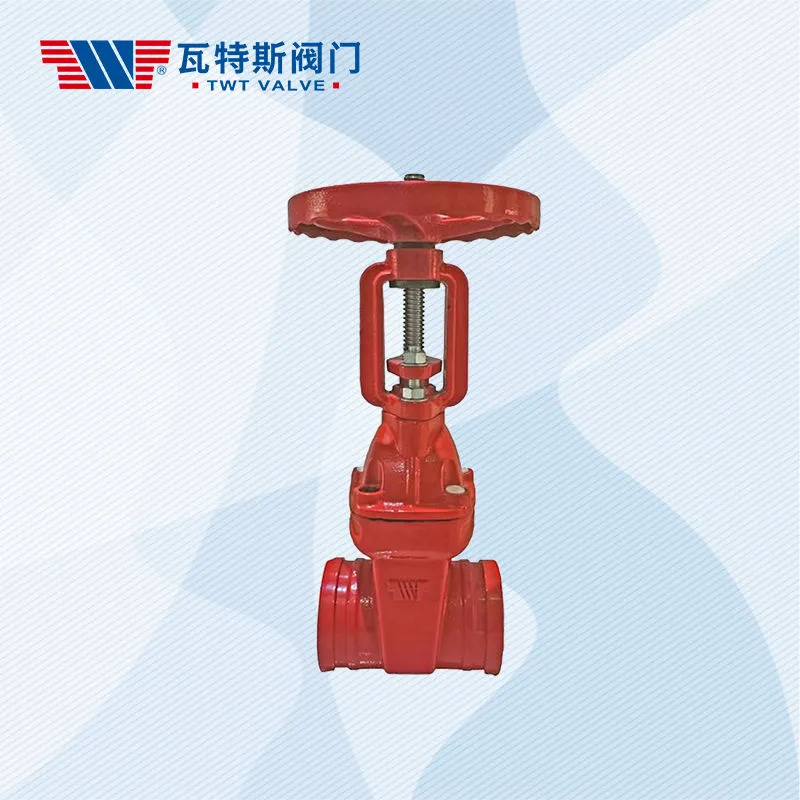Checking the gate valve is not a reliable way to determine if a used car’s engine is bad. The gate valve, also known as the throttle valve or butterfly valve, is part of the engine’s air intake system and controls the amount of air that enters the engine. While a malfunctioning gate valve can cause issues with the engine’s performance, it is not a definitive indicator of a bad engine.
To determine if a used car’s engine is bad, there are several other factors you should consider, such as:
Engine noise: Listen for any unusual sounds coming from the engine, such as knocking, ticking, or rattling. These could be signs of internal damage.
Smoke: Check for any smoke coming from the exhaust. Blue smoke can indicate oil consumption, while white smoke may indicate a coolant leak.
Fluid levels: Check the oil and coolant levels to ensure they are at the proper levels. Low levels can be a sign of leaks or consumption.
Power and performance: Test drive the car and pay attention to how it accelerates and handles. A decrease in power or sluggish performance could be a sign of engine issues.
Maintenance history: Ask about the car’s maintenance history and if any major engine repairs have been done. A lack of maintenance or major repairs could lead to engine problems.
It’s important to have a qualified mechanic inspect the car before purchasing to identify any potential issues. They can perform a more comprehensive evaluation of the engine and provide a professional assessment of its condition.
How to Build Your Own gate valve ?
Building your own gate valve is a complex project that requires specialized knowledge, skills, and equipment. It’s not recommended for the average person to attempt to build their own gate valve, as it can be dangerous and may not meet safety standards.
If you have a specific application that requires a gate valve, it’s recommended that you purchase one from a reputable manufacturer. This will ensure that the valve is designed and built to meet the required specifications and safety standards.
However, if you have experience in mechanical engineering, have access to specialized tools and equipment, and want to pursue building your own gate valve, here are some general steps that may be involved:
Design the valve: Determine the required specifications for the valve, such as the size, materials, pressure rating, and flow rate. bs5163 gate valve Use this information to create a detailed design of the valve, including all the individual components.
Source materials: Purchase high-quality materials that meet the required specifications. This may include materials such as stainless steel, brass, or carbon steel.
Machine the components: Use specialized machinery, such as a lathe or milling machine, to create the individual components of the valve, including the body, gate, stem, and seats.
Assemble the valve: Use specialized tools and equipment to assemble the valve, including welding equipment, torque wrenches, and hydraulic presses.
Test the valve: After the valve is assembled, it must be tested to ensure that it meets the required specifications and safety standards. This may involve pressure testing, leak testing, and flow testing.
It’s important to note that building your own gate valve is a complex and potentially dangerous process. It’s recommended that you consult with a qualified engineer or valve manufacturer before attempting to build your own valve.
